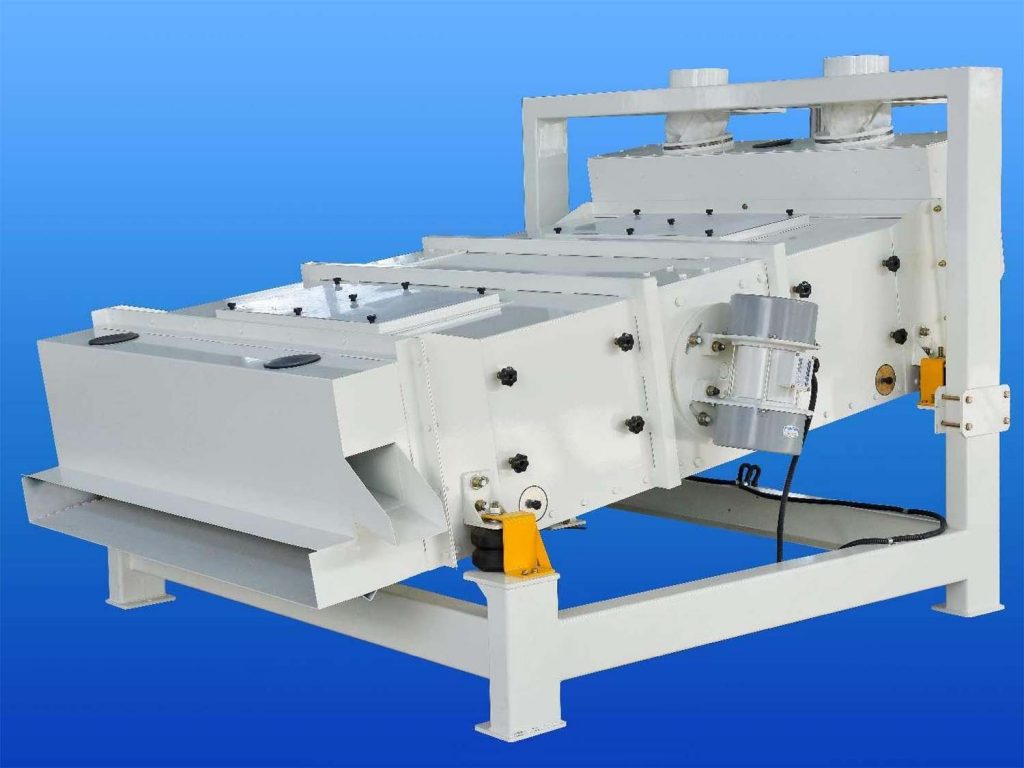As an efficient screening device, the self balancing vibrating screen requires thorough preparation before operation. This article will detail the preparation process to help operators master key points before starting the equipment.

Visual Inspection of Equipment Appearance
Initial Check of Overall Appearance
Before starting the self balancing vibrating screen, operators should conduct a comprehensive visual inspection of the equipment. This step aims to promptly identify any abnormal conditions on the equipment surface, such as obvious collision marks, deformations, or large-scale peeling of the anti-corrosion coating.
Detailed Inspection of Key Components
Carefully examine the appearance of the vibration motor to ensure it is clean and free of oil and debris, which could affect its heat dissipation and normal operation. Also, check the vibration-dampening rubber springs for signs of aging, cracking, or excessive deformation. Additionally, inspect the screen mesh to ensure it is intact and free of blockages; replace it if damaged to ensure screening quality.
Tightening Check of Equipment Components
Tightening of Motor and Screen Body Connection
Operators should focus on checking the bolt tightness at the connection between the vibration motor and the screen body. Use a wrench to check each bolt to ensure it is tightened to the specified torque. This prevents motor displacement during operation, which could affect the transmission of excitation force and reduce screening efficiency. Loose bolts can also lead to increased wear at the connection and higher maintenance costs and fault risks.
Tightening of Screen Mesh and Screen Body Connection
Carefully check if the screen mesh clamps are securely fastened without any looseness or missing parts. If loose, re-tighten the clamps immediately to ensure the screen mesh remains flat and evenly tensioned during operation, thereby improving screening accuracy. Also, inspect the bolts connecting the screen mesh support beams to the screen body to prevent instability in the support structure, which could affect the normal functioning of the screen mesh.